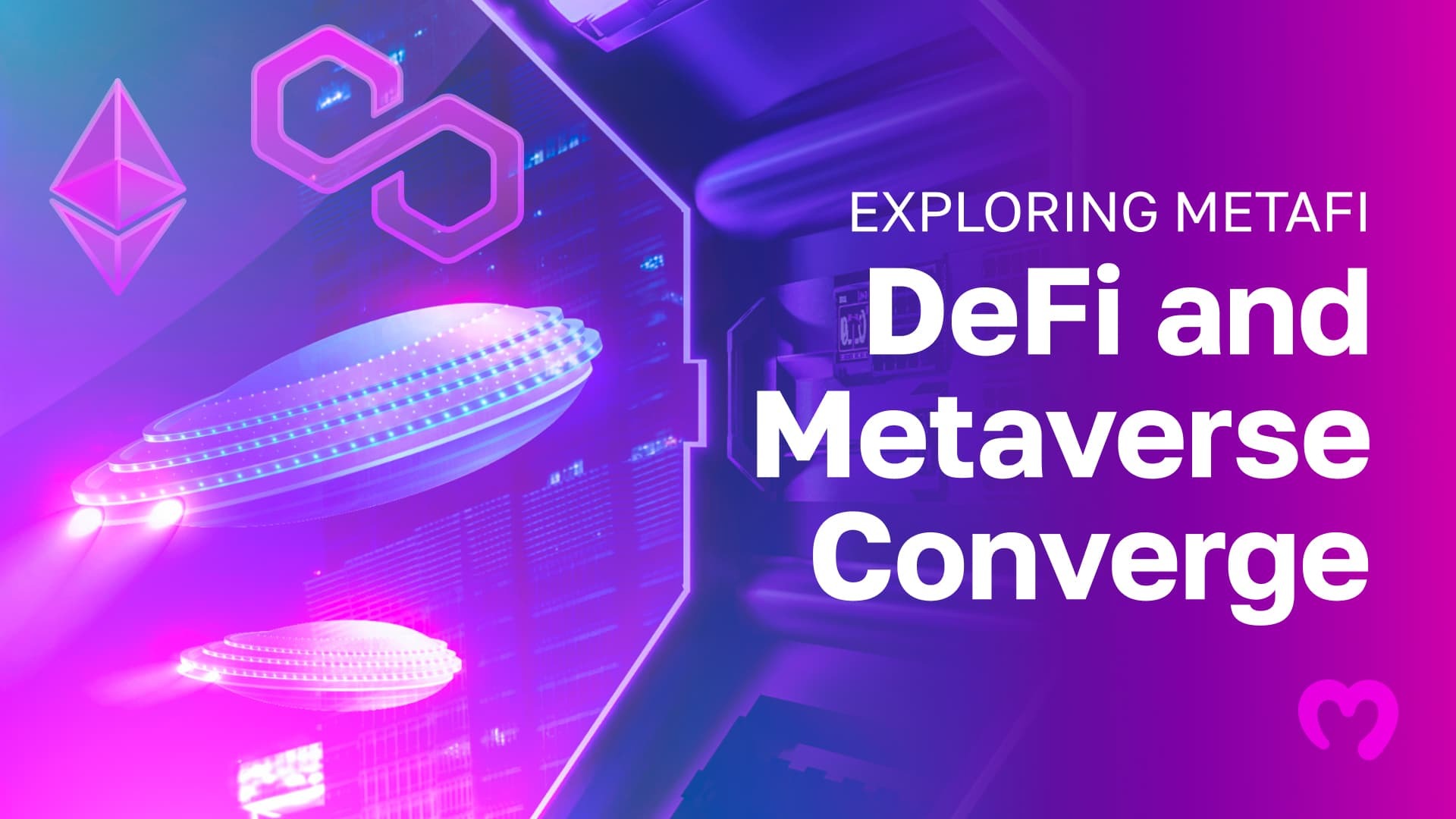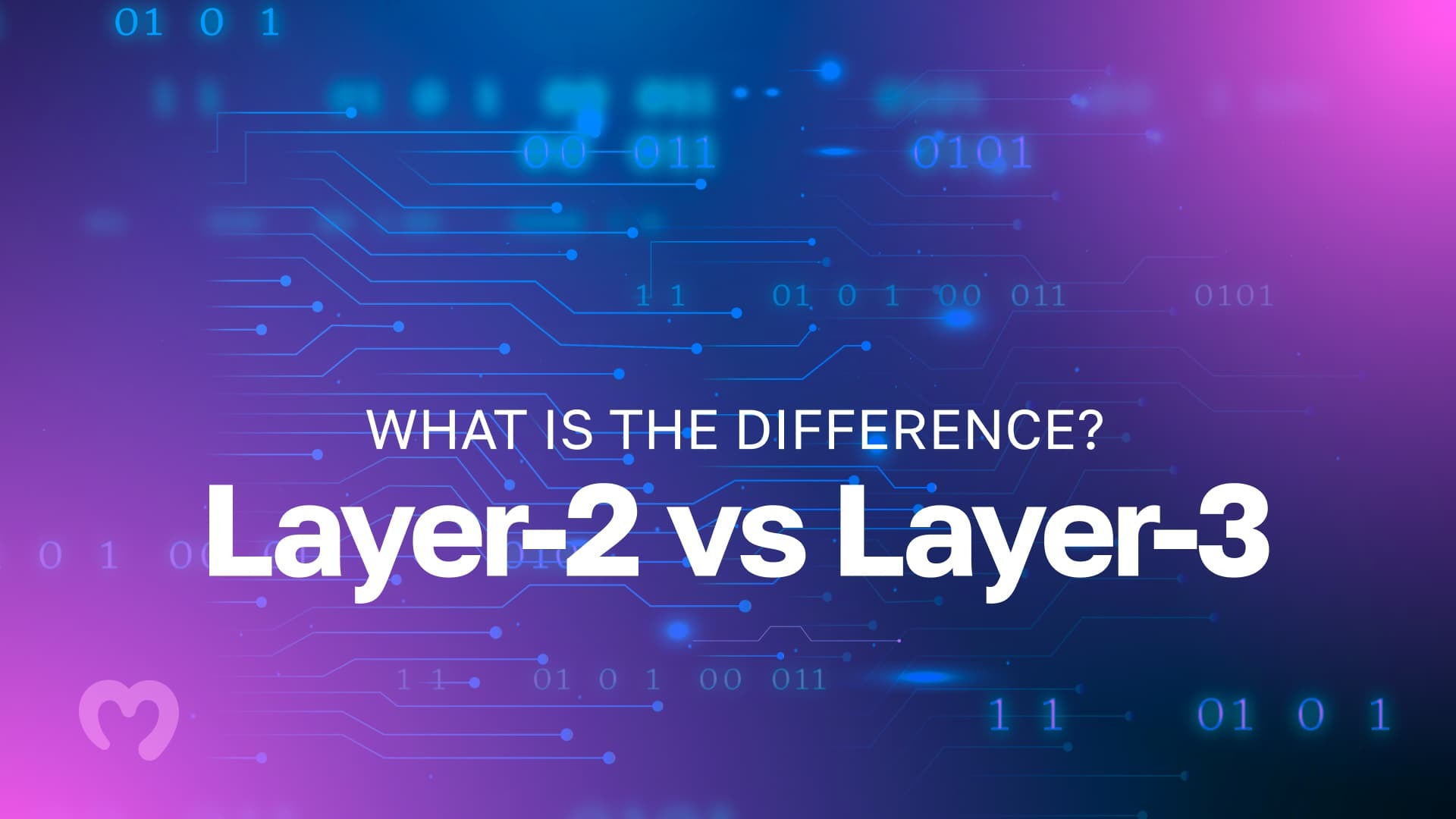
Welcome to our “Masternodes for Beginners” article, where we’ll be answering all your questions surrounding masternodes, including “what are masternode tokens?” and “how do masternodes work?”. Masternode tokens have shown increasing popularity throughout 2021. As such, leading cryptocurrency market data aggregator, CoinGecko, has created a dedicated masternode coins list. Also, more people are becoming aware of the opportunity to earn a passive income with masternodes. However, not every masternode system will be able to provide a profitable return on investment. As such, it is essential to do your own research before investing in any cryptocurrency or digital asset.
In this “Masternodes for Beginners” article, we will explore the various masternode tokens available, taking inspiration from CoinGecko’s masternode coins list. Also, we will cover how to earn a passive income with masternodes after first answering the questions, “what are masternodes?” and “how do masternodes work?”.
For a deep dive into the basics of blockchain, see our Blockchain & Bitcoin 101 course at Ivan on Tech Academy! We cover how the technology works, block by block, including UTXOs and mining nodes. Also, our Ethereum 101 course is the step most students like to take next, learning about the difference between the two largest crypto projects. Further, students learn about the origins of smart contracts and decentralized finance (DeFi). Join Ivan on Tech Academy today with a 14-day money-back guarantee!
Masternodes for Beginners: What are Masternodes?
Masternodes are important actors in cryptocurrency networks, often operating in parallel to regular nodes. Not all cryptocurrency networks use masternodes, and not all masternodes work in the same way. In 2014, the cryptocurrency project Dash was the first to implement the masternode role, using a “Proof-of-Service” system alongside the commonly-used Proof-of-Work (PoW) mining.
Masternodes hold additional functions and responsibilities to regular miners on a network. For this, these nodes earn more than miners on the network. Each masternode network operates with its own unique features. That said, masternodes generally provide some of the same functions across different networks. This includes special rights with voting on protocol updates and the responsibility of deploying network updates quickly. They also operate in such a way that they remain in sync with each other, collectively serving as a source of information for anyone wanting to interact with the network. Moreover, if anything goes wrong with the blockchain network, it is expected that masternodes will be the first to know.
Although this is a “Masternodes for Beginners” article, running a masternode requires a certain level of technical expertise. Furthermore, operators will need to dedicate time and usually a large stake or initial capital provided upfront as collateral. This is to incentivize honest behavior, with the risk of losing the collateralized funds should masternodes try to cheat the system. This works in a similar way to mining or staking. However, there are some key differences.
Masternodes and Mining
Our “Masternodes for Beginners” article wouldn’t be complete without breaking down the key differences between masternodes and mining. Although similar, there are distinctions between the two. The first difference between masternodes and mining is often the upfront requirement, with masternodes often requiring a higher investment. However, Masternodes can often operate more functions than mining nodes. Moreover, another difference between masternodes and mining is the lack of hardware needed to become a masternode operator. Miners often require expensive mining gear, whereas hosting a masternode requires a stake as collateral.
It is a common misconception that hosting a masternode is the same as staking or as an add-on to Proof-of-Stake (PoS). However, this is not true as Proof-of-Work (PoW) chains also use masternode systems. Furthermore, whereas PoS consensus models function much like a lottery, with the chance of receiving rewards, masternodes receive rewards with a guaranteed income.
Also, rewards for masternodes are subject to a lockup period until participants decide to stop being a masternode. This is unlike mining nodes, who often receive rewards that are freely tradable. Masternodes will receive their full collateralized stake and locked rewards together if an operator decides to no longer host a masternode.
What are Masternode Tokens?
Our readers active on CoinGecko may notice a recent addition with the “Top Cryptocurrency Categories By Market Capitalization” page, located under the “Coins” tab. One of the categories featured is “Top Masternodes Coins by Market Capitalization”, with 332 listed according to the site. However, it is worth noting the 24-hour volume and size of the market capitalization of each coin. A lot of the projects listed have tiny market caps with the potential for extreme volatility.

Masternode tokens, or masternode coins, represent cryptocurrency networks that use a masternode system. The masternode tokens and coins are the native cryptocurrencies received by the masternode as rewards. Masternodes are responsible for verifying transactions among other functions on the network and thus receive a percentage of rewards for every block issued on the network.
The number of rewards received varies with each masternode system. Masternode token rewards depend on factors such as the consensus model, the number of masternodes, and the number of miners in the network. Moreover, masternodes are expected to operate 24/7, and therefore, receive rewards frequently.
The frequency of payout of masternode token or masternode coin rewards again is individual to each network. This could be daily or multiple times throughout a day. However, as previously mentioned, any earned rewards must be locked with already staked masternode tokens or coins.
Masternodes for Beginners: How to Set Up a Masternode
Setting up a masternode and becoming a masternode operator usually comes with certain requirements. Often, participants provide a minimum amount of cryptocurrency as collateral. Also, masternodes typically need a full server with a dedicated IP address or a virtual private server (VPS). Plus, these servers need to be operational around the clock with constant uptime.
In addition, operators usually need to have a full copy of the blockchain. Otherwise, once a masternode is in place, it requires little attention beyond keeping a node up to date, maintaining adequate collateral, and keeping a server operational.
What is a VPS?
A virtual private server (VPS) is a virtual machine used to run a masternode. With a VPS, users can run an independent operating system installation that hosts a masternode. With this comes a static IP address and 99% uptime to ensure stability and efficiency for masternodes when making a profit.
Masternode Coins List
Below is a list of several of the most popular masternode coins and tokens available. Moreover, we’ve discussed the various requirements to operate a masternode, alongside some of the responsibilities.
Dash
A masternode coin must-have in our “Masternodes for Beginners” article is Dash, the first cryptocurrency project to introduce a masternodes system to its network. Dash masternodes are responsible for expediting additional features on the network, including instant transfers. As such, masternodes earn 45% of Dash block rewards in return. The minimum collateral requirement to become a Dash masternode is 1000 DASH coins.
Pivx
As a fork of Dash, Pivx claims to be a combination of the best features of Bitcoin and Dash. Often known as the backbone of the network, Pivx masternodes secure and validate the Pivx chain alongside regular nodes. This means as the number of masternodes increases so too does the security and transaction finality speed. Pivx masternodes receive voting rights, assist in day-to-day operations on the network, and earn a share of the network fees as rewards. The minimum collateral is 10,000 PIVX coins, with masternodes needing to download the official wallet as an additional requirement.
Zcoin
Zcoin is a project focused on zero-knowledge proofs. Masternodes of the Zcoin network are known as Znodes. Znodes are responsible for verifying transactions, earning 30% of Zcoin block rewards at the time of writing. To become a Znode, operators will need to provide 1000 XZC coins as collateral. Also, Znodes are required to have a virtual private server (VPS) and 40GB of spare disk space.
Syscoin
The Syscoin platform is a decentralized playground for developers offering users novel development tools and regular nodes representing an individual peer-to-peer network. The Syscoin network nodes and community can present proposals to be voted upon by the masternodes. Masternodes must hold a minimum collateral stake of 100,000 Syscoin (SYS). According to the project’s website, masternodes can expect to receive rewards for their contribution to the network approximately every 24 hours. Furthermore, Syscoin offers masternode operators a 35% bonus in their base rewards after a year of participation with the network. After two and a half years, this increases to a 100% bonus!
Other Masternodes
Although the following projects don’t strictly fall into the masternode tokens category, these cryptocurrency networks also use a masternode system. Moreover, they highlight the broad spectrum of minimum requirements to become a masternode.
For example, crypto project NEM, short for New Economic Movement, requires a collateral of three million NEM tokens to become a NEM supernode. Regular nodes on the network who meet this requirement plus meet other specific standards (such as high bandwidth) will automatically upgrade to supernode status as the highest tier consensus nodes.
On the other hand, VeChain handpicks its own masternodes, with a limited number of 101 masternode operators in the network. With a minimum requirement of 25 million VeChain tokens (VET) to be staked, masternodes are chosen for their contribution to the VeChain network beyond simply operating a node.
Furthermore, the number one oracle project, Chainlink, doesn’t have a minimum collateral requirement to become a Chainlink masternode. Also, masternodes that provide collateral will receive additional functions and exclusive benefits as they can be considered more trustworthy.
For readers interested in using Chainlink within their own projects, be sure to see our Chainlink 101 course at Ivan on Tech Academy! With expert guidance, learn how to create API calls, operate the random number generator, and handle decentralized data. This course is an advanced Solidity course. If you’re unfamiliar with this programming language, check out our Ethereum Smart Contract Programming 101 course first to learn the basics! Learn from the number one online blockchain education platform, Ivan on Tech Academy!
How to Earn a Passive Income with Masternodes
Earning a passive income with masternodes varies depending on several factors. This includes the network and cryptocurrency, upfront and operational costs, and price fluctuations. However, locking up collateral to become a masternode means that participants can retain their assets by hodling, rather than selling them. As such, losses incurred from becoming a masternode generally only happen when the price of an asset used as collateral drops.
Providing that the returns from validating transactions cover the expenses, earning a passive income with masternodes can be profitable. Also, operating a masternode provides other benefits too. For example, masternodes have a unique perspective of blockchains and how they work. Plus, masternodes have a level of responsibility on a network to ensure it runs smoothly.
However, becoming a masternode is not without risk. While earning a passive income with masternodes may be an appealing prospect, cryptocurrencies can be volatile. As such, the value of assets held as collateral could fall significantly (although equally, it could also rise). Also, while a project may be innovative and useful, it could be challenging to sell the crypto asset required as collateral if it is only available in thin or illiquid markets. Moreover, if you fail to maintain constant uptime or keep your masternode up to date, you could lose earnings as a result.
Masternodes for Beginners: Exploring Masternode Tokens Summary
As we near the end of our “Masternodes for Beginners” article, let’s recap what we know about masternode tokens and coins! Maternodes vary depending on the network they uphold. Though they may have many similarities, no two masternode networks are identical. Depending on the underlying protocol and consensus mechanism features, masternodes can undertake a range of crucial roles. As such, masternodes are often generously compensated with native masternode coins. Masternode coins and tokens are simply cryptocurrencies that operate using a masternode system within the network.
Hopefully, our “Masternodes for Beginners” article has cleared up questions surrounding “what are masternode tokens?” and “how do masternodes work?”. Moreover, you should have a better idea of the top-performing masternode coins and the minimum requirements to participate. You should now understand how to earn a passive income with masternode tokens too. Be sure to do your own research with any crypto project before investing any funds.
If you’re interested in learning about crypto compliance and regulations surrounding the merging of finance and technology, be sure to check out Ivan on Tech Academy! Our FinTech 101 course is perfect for blockchain enthusiasts to gain a deeper understanding surrounding open banking and blockchain, know your customer (KYC), and anti-money laundering (AML) policies. This is an excellent course if you want to learn how to get a career in crypto! Join over 30,000 like-minded students at Ivan on Tech Academy today!
Also, don’t forget to follow us on Twitter @Academy_IOT!



